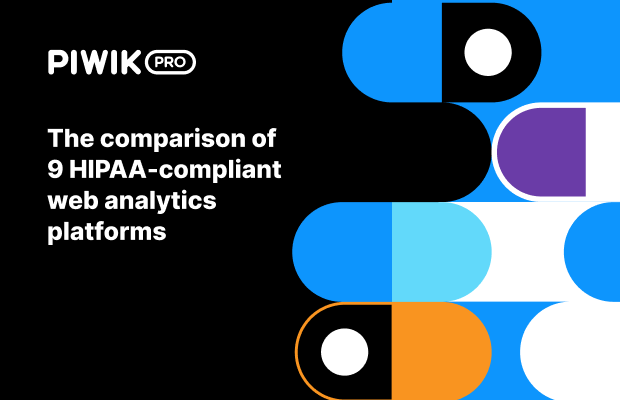In May 2010, Google launched BigQuery, a data warehouse integrated with the Google Cloud Platform. It’s serverless and fully managed, so the platform can handle scaling without IT specialists. Using BigQuery, you can process data as small as a 100-row Excel spreadsheet up to several petabytes. It can run a complex query on data sets within a few seconds.
You can access BigQuery through its web UI, command-line tool, or client library (written in C#, Go, Java, Node.js, PHP, Python, and Ruby). You can also use its REST APIs and send JSOBigQuery. In addition, it has built-in machine-learning capabilities.
Other BigQuery benefits:
- Easy to create a data lake thanks to built-in integrations.
- Visualization of tables thanks to integration with Data Studio.
- Data transformation can be simplified with ETL solutions like DataFlow and DataProc.
- The integrations with analytics platforms like GA4 allow streaming raw data straight into BigQuery.
BigQuery has some disadvantages, like:
- Limitations regarding data export.
- One of the most expensive solutions available on the market.
- Steep learning curve.
You may also like:
Universal Analytics vs. Google Analytics 4: Data models and other key differences explained Google Analytics alternatives – free and paid Piwik PRO vs. Universal Analytics & Google Analytics 4








